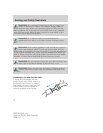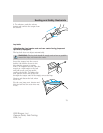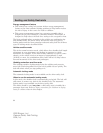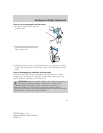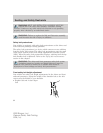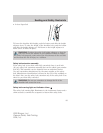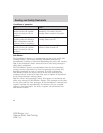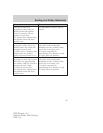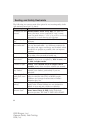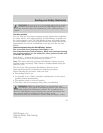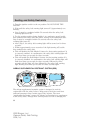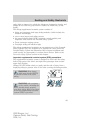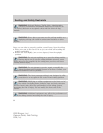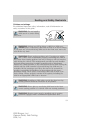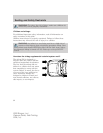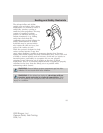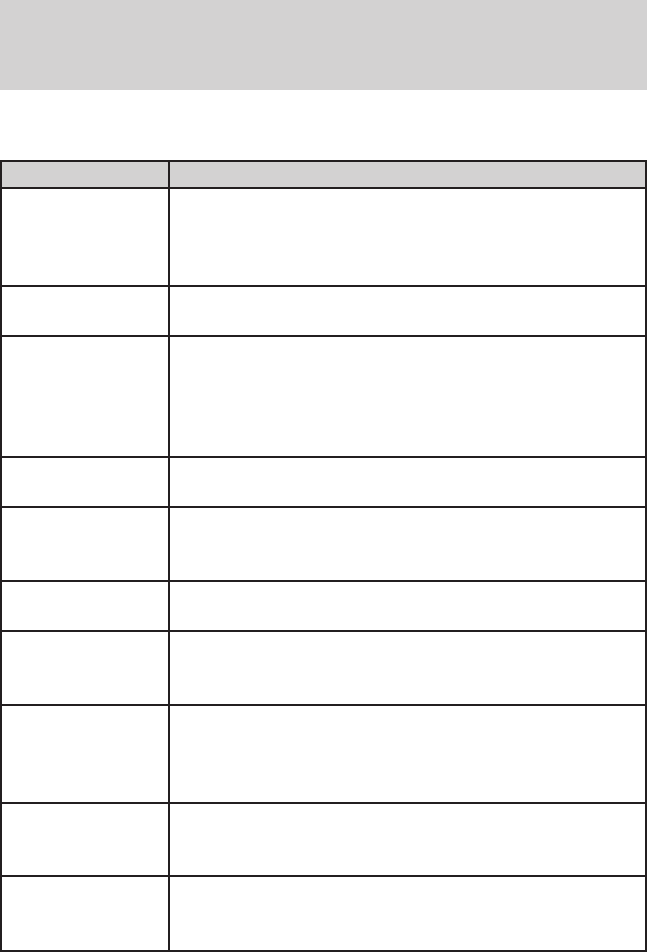
The following are reasons most often given for not wearing safety belts
(All statistics based on U.S. data):
Reasons given... Consider...
“Crashes are rare
events”
36700 crashes occur every day. The more we
drive, the more we are exposed to “rare” events,
even for good drivers. 1 in 4 of us will be seriously
injured in a crash during our lifetime.
“I’m not going
far”
3of4fatal crashes occur within 25 miles (40 km)
of home.
“Belts are
uncomfortable”
We design our safety belts to enhance comfort. If
you are uncomfortable - try different positions for
the safety belt upper anchorage and seatback which
should be as upright as possible; this can improve
comfort.
“I was in a hurry” Prime time for an accident. Belt-Minder reminds
us to take a few seconds to buckle up.
“Safety belts
don’t work”
Safety belts, when used properly, reduce risk of
death to front seat occupants by 45% in cars, and
by 60% in light trucks.
“Traffic is light” Nearly 1 of 2 deaths occur in single-vehicle
crashes, many when no other vehicles are around.
“Belts wrinkle
my clothes”
Possibly, but a serious crash can do much more than
wrinkle your clothes, particularly if you are
unbelted.
“The people I’m
with don’t wear
belts”
Set the example, teen deaths occur 4 times more
often in vehicles with TWO or MORE people.
Children and younger brothers/sisters imitate
behavior they see.
“I have an
airbag”
Airbags offer greater protection when used with
safety belts. Frontal airbags are not designed to
inflate in rear and side crashes or rollovers.
“I’d rather be
thrown clear”
Not a good idea. People who are ejected are 40
times more likely to DIE. Safety belts help
prevent ejection, WE CAN’T “PICK OUR CRASH”.
2009 Ranger (ran)
Owners Guide, 2nd Printing
USA (fus)
Seating and Safety Restraints
86



